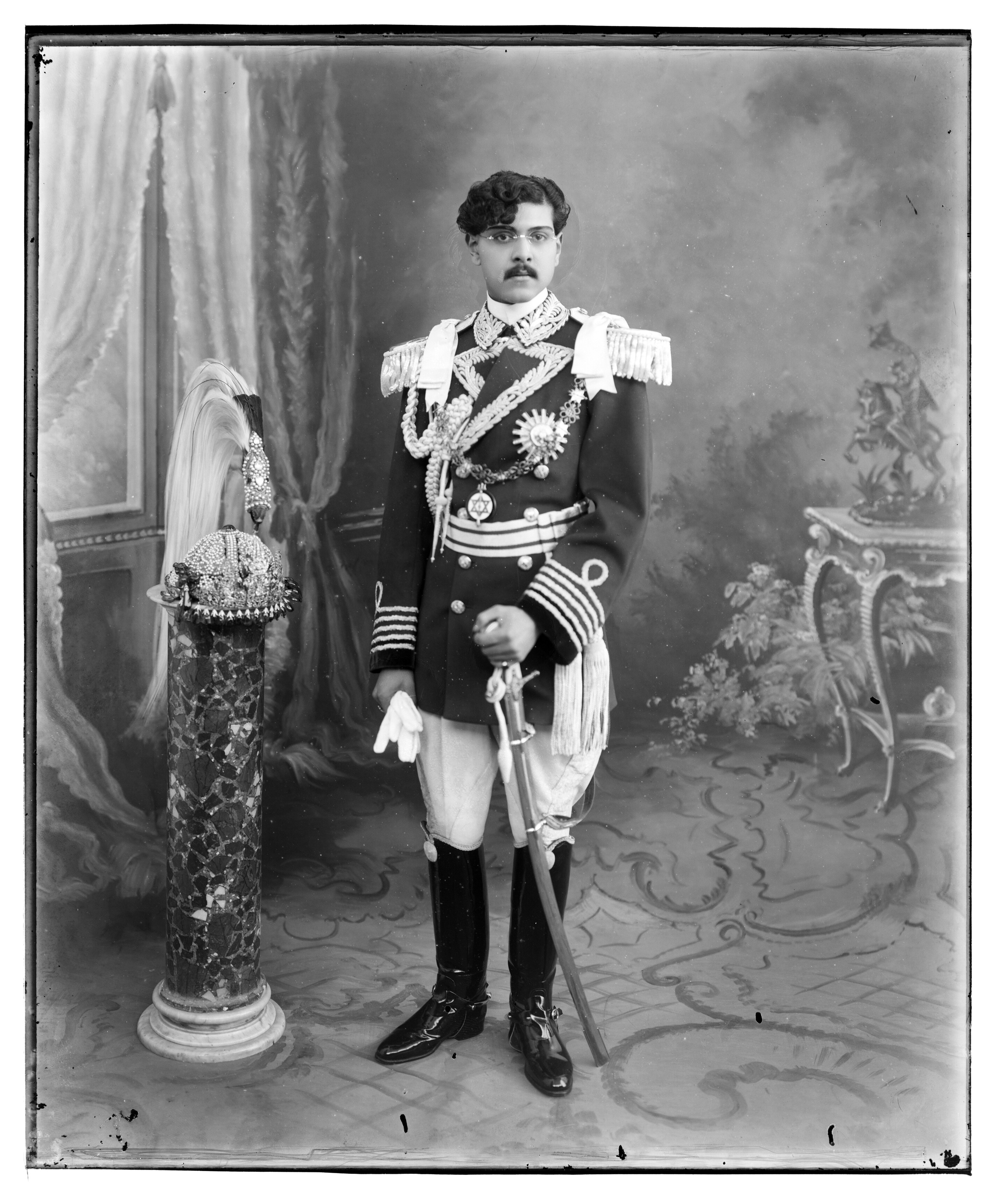Hindu nationalism is nostalgic for a golden age that never existed, before the invasions of first the Muslims and then the British.

On 22 January, India’s Prime Minister Narendra Modi presided over the consecration of a grand Ram Temple in Ayodhya. A little over thirty years ago, the spot on which the temple now stands was the site of a medieval mosque built under the rule of the Mughal emperor Babur. The site was the focus of a centuries-long dispute between Muslims and Hindus, thanks to claims that the mosque had been built on top of a destroyed Ram temple. In the 1980s, the Bharatiya Janata Party (BJP) turned this into a major political issue, mobilizing the masses in a movement that culminated in the destruction of the mosque by a mob in 1992 and a Supreme Court order allowing for the reconstruction of the temple.
The building of the temple itself wouldn’t have been as worrying had the Prime Minister not presided over the function. Modi’s speech, broadcast over all Indian media outlets, made the explicit claim that this was a seminal moment in the history of the republic: Ram was not to be reduced to a mere religious deity; Ram was the foundation of India and his temple represented national consciousness.
Modi’s rhetoric reveals a view of history and nation identity that draws on a Hindu nationalist ideology whose origins date back to the colonial period. The earliest form of Hindu nationalism appeared in the nineteenth century, at a time when the British had clearly established their control over India. One key early proponent was Raja Ram Mohun Roy, a scholar and social reformer initially employed by the East India Company. At the time, evangelical missionaries like the Scottish clergyman Claudius Buchanan routinely portrayed Hinduism as a primitive, bloodthirsty religion devoid of any moral principles. In his writings, Buchanan exaggerates the sexuality and superstition of Hindu society and portrays Hindus as worshippers of the child-sacrifice-demanding Canaanite deity of Moloch. Yet, contemporary Indian society was ridden with regressive practices of which the most extreme was perhaps sati: i.e., widows being burned to death on their husbands’ funeral pyres.
Roy sought to reconcile Hindu scriptures with modernity. Through his tireless efforts, sati was finally outlawed in 1829. Roy’s view of Hinduism was heavily influenced by Christianity: insofar as he decried idol worship, while asserting the importance of a single book of scripture i.e., the Vedas. Roy argued that Hinduism in its original form was thoroughly monotheistic and egalitarian. He championed the reform of Hindu society, the freedom of the press and women’s rights. Arguing against the supposed intellectual inferiority of women, Roy writes:
when did you ever afford them a fair opportunity of exhibiting their natural capacity? How then can you accuse them of want of understanding? If, after instruction in knowledge and wisdom, a person cannot comprehend or retain what has been taught him, we may consider him as deficient; but as you keep women generally void of education and acquirements, you cannot therefore, in justice pronounce on their inferiority.
Roy was keen to make Hinduism a book religion, with a single line of interpretation. This was partly because he wanted Hindus to become a single, united community. Although Roy was staunchly opposed to the Christian missionaries, he shared their dislike of idol worship and polytheism, as well as of Hinduism’s more regressive practices. Roy dismissed these as later additions to Hinduism, appealing instead to a Vedic golden age in which the religion was free from superstition. Roy’s Hinduism, thus, was both a reaction to and a criticism of evangelical Christianity. But, crucially, it lacked the central element that came to define later forms of Hindu nationalism—a deep suspicion of Muslims.
This story was originally published in quillette.com. Read the full story here.






